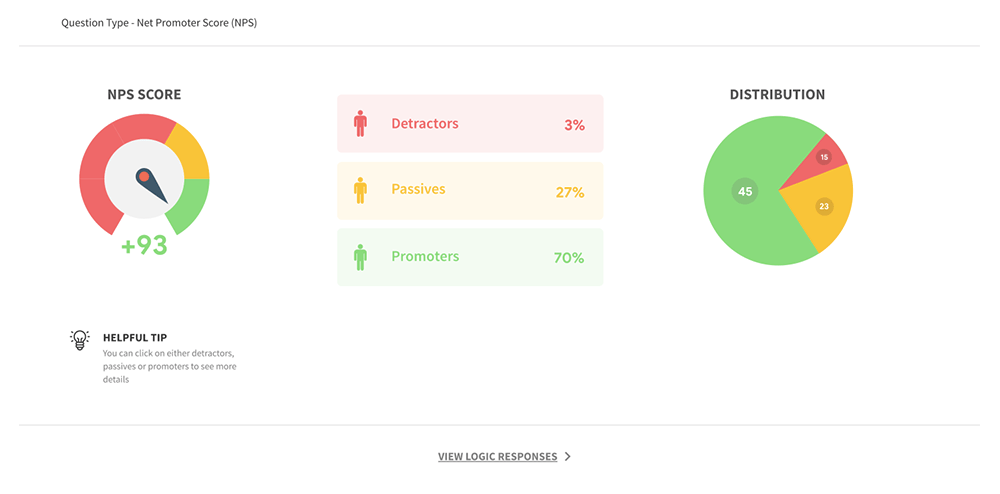Hey there, we are back again with our next installment in our journey to attain excellent customer service. Let’s have a little recap, in the first week of March, we talked about closing the cx loop, and its benefits to a business. The numerous benefits make implementation of a closed loop system a no brainer for any business worth their salt with its objective as customer satisfaction. Some of the steps to closing your loop as we learnt were making customers feel heard, ensuring customers know their feedback is important and ensuring steps taken actually satisfy the feedback gotten. This makes it a no brainer for us to close the loop, but wait a minute before you go off eager to implement it. We have to find the best way to close the loop. That is our lesson for today
In closing the loop, the most ideal way would be a phone call to all customers, talk to them about their experience, and how to make their experience better, if they had complaints, talk about measures undertaken and the success of such measures. This would be the most ideal, but as such it is near impractical to expect such an intensive approach. Imagine if you deal with hundreds of thousands of customers a day. It is impossible and frankly a drain on resources to call all these people to talk to them. It is better to implement a fast, effective method that can quickly get us the views of our customers and their ratings of the service they get. In comes the Net Promoter Score. We have already talked about NPS and how to use it to measure customer satisfaction. For today, we will learn how to use NPS to also close the loop.
When we learnt about NPS, we found out that when it is used properly it helps us segment our customers into 3 categories; promoters, passives and dissenters. This allows us to know the level of satisfaction our customers have with our service primarily. Now, what do we do with this information? This segmentation allows us to know the course of action to take with a particular grouping. It has allowed us to group a common segment quickly rather than deal with them one on one and it has also allowed us to deal with a common segment in bulk. Our level of action taken will be different according to the different category they are in.
Now, to the course of action. Armed with our NPS scores we then choose the course of action to use for each category. First up are our promoters. These are people who are very happy with the service received and are even likely to recommend it to others. For this category, you can send them a thank you message, some promotional rewards or personalized updates. You can also ask them for referrals and also ask them which part of your service they like the most. This can help you even improve your service more for them and make them more loyal and satisfied than they already are.
The second category we have are passives. These are people who have used the product, are satisfied with it but are not as enthusiastic about sharing the idea with others. It is sometimes hard to get these people to give feedback. The action needed to take for these groups is to ask them for feedback about what they did not like about the service or how to improve the service. They can also be offered discounts, promos and also guides on how to use the product or service.
Now onto a very critical group, the detractors. The detractors refer to people who are unhappy with the service offered to them. These customers are those unhappy with the service or product. It is important to ask them exactly what they are unhappy about. Is it the service they got? Is it the product? What solution would they like to see? It is important to get this information from these clients because they provide a huge opportunity to turn detractors into promoters. If it is possible it is best to talk to them over the phone, if it is not (which is usually the case) emails asking them about how to improve the service can be sent out. Their feedback should then be taken on board and measures taken to meet them. After these measures are taken, emails should be sent informing them that these measures have been taken and inviting them to come and check it out themselves. When done right, detractors can be turned into promoters. When they feel their needs and feedback haven been validated, they are likely to turn into promoters.
Another category that most often than not gets overlooked is that of non respondents. It is critical that we still reach out to non respondents and try to get information from them. They can be reached out to via email and then their feedback treated the same as detractors.
This is how the NPS can be used to close the loop effectively. This provides great benefits for organisations as it shows what to use the feedback for, how to act and how to check if your actions were in the right direction.




